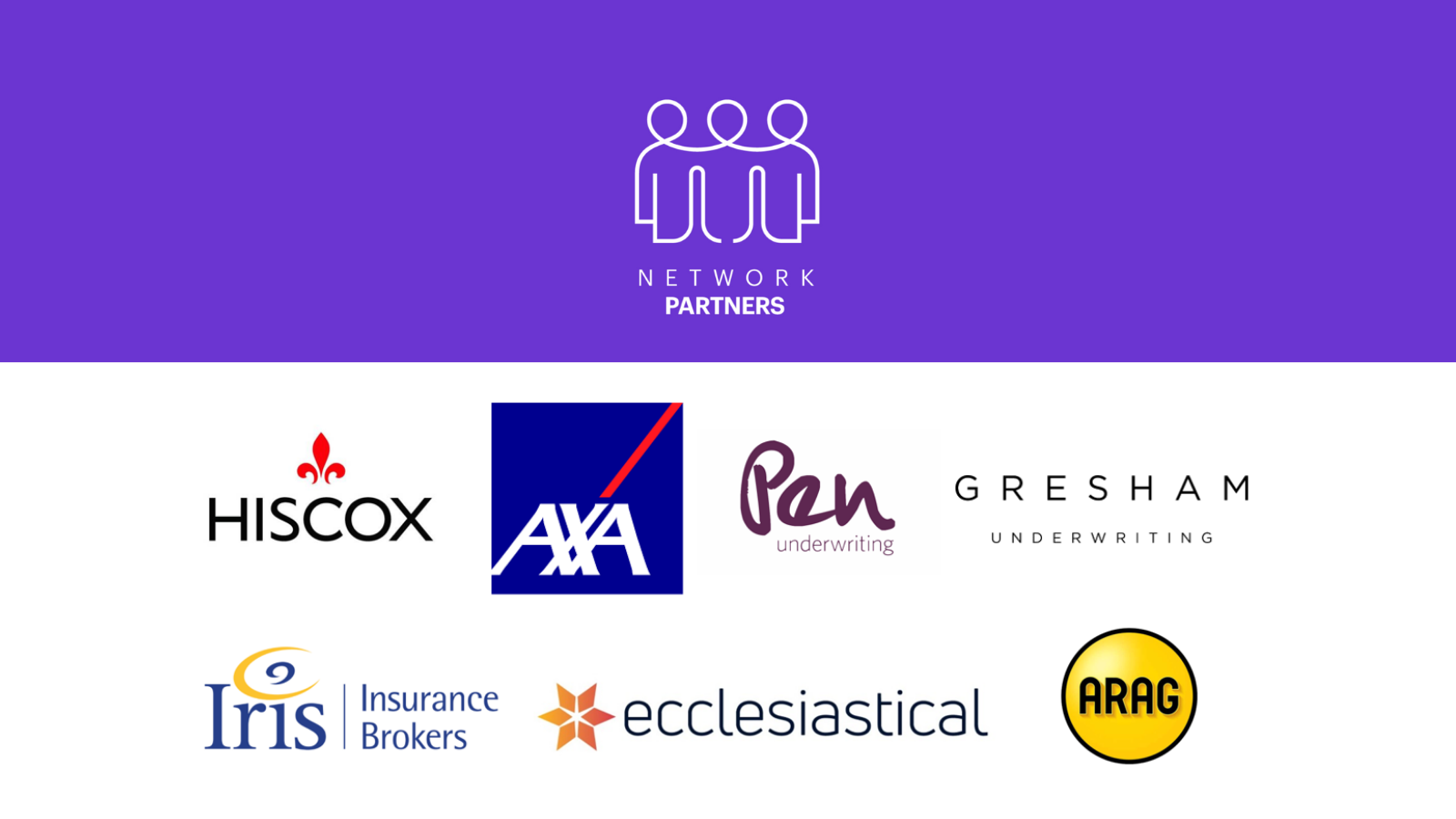When you partner with a new insurtech there is always one important question – how do I get the most out of this relationship? Insurtechs and established incumbents have vastly different ways of operating and different goals, so it’s easy for unnecessary friction to arise.
Therefore, collaboration and explicit goal setting it vital. Each client of an insurtech will have different ways of operating, needs and goals.By clearly stating these before any partnership starts, the insurtech will know how to cater its solution to what you need.
Most insurtech solutions will be malleable and multi-faceted, and the best insurtechs will tailor their solution to each of their clients maximising the value their solution can provide. The only way they can do this is through consistent and early dialogue between both and parties.
The big failing that most companies make when engaging with insurtechs, is that they identify a problem area in the business, find a solution for it in the market and then think the problem is solved once they start paying the invoices. Things are only just getting started.
Remember – feedback is gold. Is there a function in the software you know would be immeasurably useful to you, but isn’t currently available? Tell them. Not only could you hugely benefit, but so could they!
Let’s have a look at two different kinds of insurtechs, in which collaboration and communication are vital to the success of the partnership. Firstly, back-office system solutions are regularly used to modernise the behind-the-scenes operations of market incumbents.
These sorts of partnerships require an immense amount of prior collaboration, firstly to plan out the switch and then communication is required to pull it off and navigate the almost inevitable bumps in the road. No partnership between radically different companies is going to be completely smooth and this is where strong communication and inter-company relationships make the difference between a successful solution and a broken partnership.
Another example of an insurtech where strong working relationships are necessary are the ever-more present networks that are popping up throughout the market. These networks have one primary purpose; advertise their client’s capacity to brokers/MGAs who need it.

Again though, it is not as simple as signing up and waiting for enquiries to roll through the door. Firstly, these networks like all other marketing channels will have rules, nuances and features that need to be understood and engaged with to maximise your visibility.
Secondly, the insurtechs who are operating these networks have huge amounts of data at their fingertips about who is looking for capacity, and what particularly classes of business and areas of the market are particularly in flux. The closer your relationships are with these insurtechs, the more of this information is going to be available to you. While your name is going to be at the forefront of their mind when they are having conversations with those who are seeking capacity.
A great example of this can be seen in the SchemeServe Partner Panel, a group of capacity providers that are eager to be linked up with scheme owners in need of support.
Insurtech partnerships should always be built on a foundation of collaboration and communication, otherwise they are doomed to never reach their full potential. What is becoming clearer and clearer in the market, is that it is not the ingenuity of the tech or how ground-breaking it is that defines its effectiveness, but how well and how easily it can be engaged with.
======================================================================
Insider Tip; any quality insurtech will have an option to train your team on the software. This means, bringing the talent in-house, being able to act extra quickly to market changes and saving money in the long-term. Ask about training before you sign on the dotted line.
======================================================================


